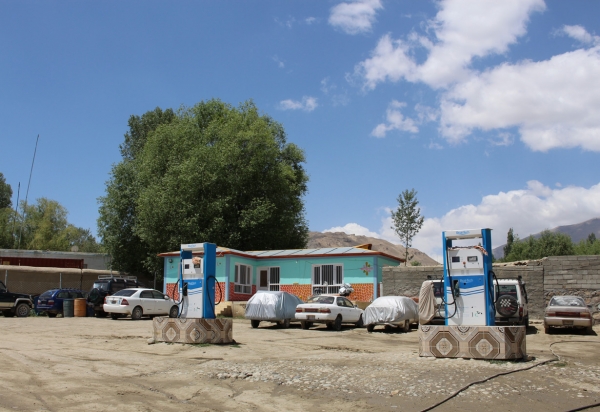Research + Teaching
Extreme Urbanism VI: An Urban Future for Ishkashim
Harvard GSD, Option Studio, Urban Planning and Design 2020
Bordering Tajikistan and within the province of Badakhshan, one of the most natural disaster-prone areas in Afghanistan lies Ishkashem. The name, Ishkashim stands both for the district and its capital, which is in a fertile valley that counts 20 villages engaged in cultivation, 3000 meters above sea level and carries a population of 15,000-inhabitants. Within an adverse context and region at risk of devastating hydro-metrological disasters including landslides, glacier lake outbursts, avalanches, and earthquakes, Ishkashem nevertheless lies in an important strategic area along the border with Tajikistan. It commands the only route between Badakhshan, Shughnan, and Wakhan that is accessible during the winter season. This location at advantage will only get reinforced by the new multimillion-dollar investments from regional donors on a superhighway trade corridor from China to Pakistan cross-cutting into Badakhshan province—including the 108km highway from Ishkashim to Baharak districts. For Ishkashim, this means a booming cross-border bridge and a resulting market hub – a condition that has already been in existence where all sides have engaged in robust trades, business, and services for many years. Thus, Ishkashim (both on Afghan and Tajik sides) is increasingly considered an area of economic growth and of opportunities, offering a potentially safe habitat with sustained stimulus for livelihood and well-being. Ishkashim’s municipality is consequently in need of planning for these prospects, to foresee basic services (housing, critical infrastructure, vocational skills building, municipal services, etc.) that will absorb the marginalized and at-risk communities relocating from other disaster-prone areas. This studio aims to imagine an urban future for Ishkashim that is responsive to its context, challenging the otherwise banal imaginaries of what urban life should look like. Tapping into the rich rural arena in which Ishkashim is located, the studio will seek to encourage speculation that anticipates the implementation of necessary physical, social, cultural, ecological, and economic infrastructures. Prospective programs of the Afghan government in Ishkashim already foresee teachers’ housing units, a traditional sports center, and an airport, which should be integrated—and possibly deployed, to propose an inclusive, intelligent, and sustainable plan for Ishkashim as a ‘model town.’ The goal is to turn Ishkashim into a city and a community that can confidently embrace the future, aware of the challenges of the region (i.e. climate change, social and political instability, gender discrimination). The studio outputs propose strategic and tactical designs informed by the complexity of the site, building upon knowledge acquired through the semester via constant dialogue with local partners complemented by research exercises. The multi-scalar approach of the studio allows for several types of outputs, from architectural projects to public policy strategies and propositions.
Students: Mohamed Al-Alfy, Natasha Abaza, Alia Bader, Vicky Chen, Woowon Chung, Yvonne Fang, Seoyoung Lee, Beko Liu, Adam Mekies, Alykhan Neky, Gio Shin, Sofia Sofianou
(Harvard GSD)
Fall 2020, Ass. Professorship Harvard Graduate School of Design; co-taught with Prof. Rahul Mehrotra
Teaching Assistant: Isabel Oyuela-Bonzani





